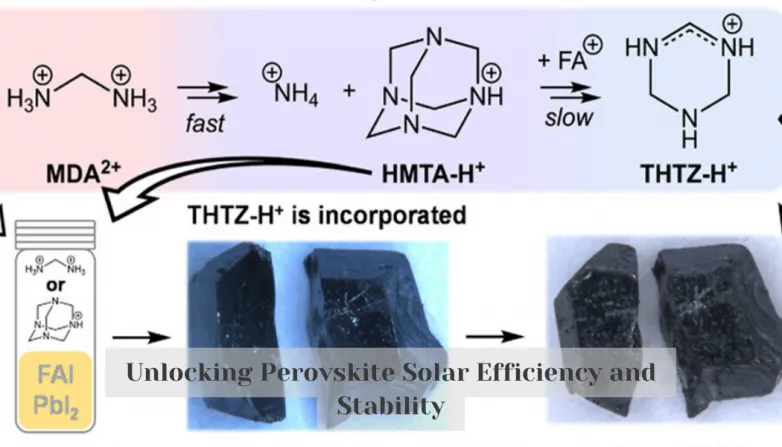Unlocking Perovskite Solar Efficiency and Stability
Jun 28, 2023 01:06 PM ET
- The University of Oxford and the University of the Basque Country have made a breakthrough in the development of perovskite solar cells. Through the use of an additive, the cells have 25.7% efficiency, improved air stability, and longer longevity. Read on to discover more.

Researchers from the University of Oxford and the University of the Basque Country have published an article in the Journal of the American Chemical Society that explains the performance of the most efficient and stable perovskite solar cells. The research revealed that a small amount of additive methylenediammonium dichloride can produce solar cells with 25.7% efficiency and prolonged air stability. When exposed to air, the additive decomposes and forms more stable chemical bonds, thus enhancing the efficiency and longevity of the cells. This breakthrough could be instrumental in the development of future commercial perovskite solar cells.
How Can Additive Improve Solar Cell Performance?
- The additive increases the efficiency of the solar cells by providing a more stable chemical bond.
- The additive also increases the longevity of the cells by protecting them from air exposure, which can be a major cause of degradation.
- By increasing both the efficiency and longevity of the solar cells, the additive can help reduce the cost of solar energy and make it more accessible to the general public.
- The additive also improves the reliability of the solar cells, as the more stable chemical bonds make them less susceptible to degradation over time.
- Additionally, the additive can help to reduce the environmental footprint of the solar cells, as it does not require additional resources or energy to produce.
Also read


